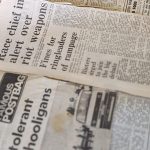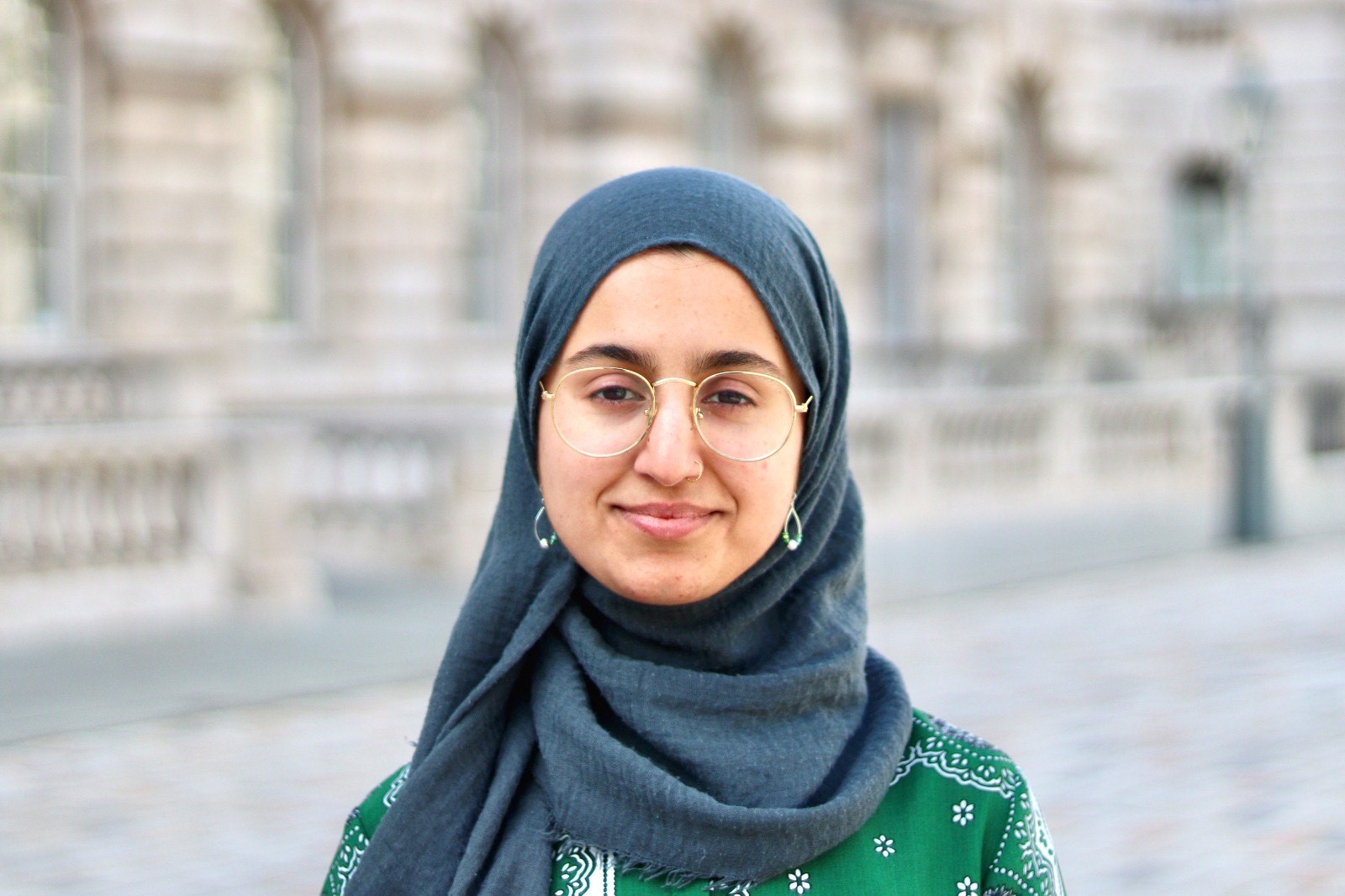by Suhaiymah Manzoor-Khan
On 27 July 2022, I had the pleasure of hosting a workshop at the Ahmed Iqbal Ullah RACE Centre in Manchester which was designed to draw on the themes of my recently published book, Tangled in Terror: Uprooting Islamophobia. This was a slightly experimental workshop from my end as I hoped to use creative writing prompts to manifest and give life to the political conversations that the book throws up around racism and uprooting it. Whilst I didn’t know what to expect from the participants or how they might engage, we were blessed with a very inter-generational and mixed group of people who were generous in engaging with the questions I threw out.
Initially we considered what safety looked and felt like, taking a sensory approach to what we feel when we imagine safety. The group fed back that safety included things like feeling seen, recognised, understood and being in familiar spaces with familiar people. Notably, lots of people’s sense of safety included the absence of police, sirens and other motifs of the security apparatus. This was directly relevant to the conversation I had hoped that this part of the workshop would throw up, because the question I wanted to explore with participants was whether and how safety differed from ‘security’ on the state’s terms.
For example, taking inspiration from the US-abolitionist scholar, Jackie Wang, I asked the group if – in their imagining of safety – there had been any police officers present? They all said no. I then asked whether they had been spotting signs of radicalisation? Whether anyone had been deported? And how many detention centres were being built? These questions may appear facetious, but they highlight the crucial contradiction between ordinary people’s sense of safety, and the processes of racial violence and brutalisation that we are often told “make us safe”, e.g. through counter-terrorism and counter-extremism legislation or border controls.

I was blown away by the direction the group took the discussion in when I asked what they believed would genuinely make people safer. We agreed that even on its own terms, “securitisation” justified through Islamophobia – e.g. counter-terrorism laws, counter-extremism policy and the global war on terror – has not made the world “safer”. More than that, on our terms it has worsened and created more violent and volatile conditions for many. So, in the conversation about what safety might look like otherwise, people began to discuss and write about communal wellbeing, holistic services which cater for mental and physical health, fully-funded services for people’s basic needs to be met for housing, food and clothes. We questioned many assumptions about where our safety comes from and tried to think about ways to translate the initial things people had associated with feeling safe into alternative visions for our societies.
Importantly, because this was a creative writing workshop, I was keen for people to be as wild and impossible in their imaginings as they could be. I didn’t want us to be hindered by the “reality” of costs or decision-making concerns. Changes are only deemed ‘impossible’ because there’s a political will to make them seem that way! When we lean into our creativity unconstrained, we come the closest we can to making the impossible possible!
In the latter half of the workshop we traced the historical roots of much of today’s surveillance and security apparatus globally – charting it to colonialism and empire’s strategies of coercion and control. An important strategy of both the past and present manifestations of racial violence was and continues to be language. The words and narratives used about people construct them as deserving or undeserving of state violence and exploitation. The stories we tell have material repercussions – they enable and justify the violence and brutality carried out in people’s lives.
Our group discussion about these ramifications of language opened up a whole host of conversations. Everybody has been victim of stories told about their ‘racial character’ and those stories have often been used to cover up structural root causes of social and political violence.
With everybody’s generous engagement and thoughts filling the air of our workshop-room, we spent the last part of the session writing. I was excited to urge participants to remember that if the stories Power tells about the world justify violence, we can tell other stories that build another reality; we can use other language to reveal a different version of events. This is not just about imagining another world that is safe on our own terms, but planting its seeds and growing it!
The poems participants shared were beautiful manifestations of all that we had discussed, and a serious invitation and provocation to use our words and language carefully and deliberately, because in them is the fuel to burn the fire that abolishes our current constraints and lays the ground for a world built on safety and justice for all.





